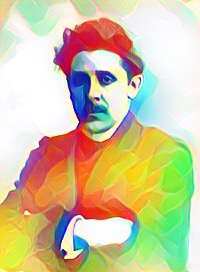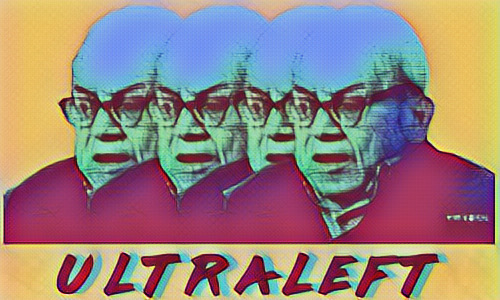Mystical Anarchism
Throughout the history of mankind the human urge to freedom has found expression in various philosophical and religious traditions, schools, and groups (e. g. Chinese Taoism, ancient Greek Cynicism, early Christian Gnosticism, various forms of sectarianism), and eventually transformed into the abstract philosophical idea of a stateless society in the aftermath of the French Revolution, which ultimately developed into the political theory and social movement of “anarchism”
Although modern anarchism has its origins in England and France, the theoretical elaboration of its fundamentals owes much to the contribution of Russian thinkers – the most famous of which were Mikhail Bakunin (1814–1876) and Piotr Kropotkin (1842–1921), arguing in favor of a communal anarchism achieved through social revolution. Likewise, also the pacifist anarchist tradition is inextricably linked to a Russian name – Leo Tolstoy (1828–1910), not only one of Russia’s most famous novelists but also major representative of a Christian anarchism advocating nonviolent resistance. Without intending to neglect the works of their European and American predecessors and comrades, it is fair to say that Bakuninism (collectivist anarchism), Kropotkinism (communist anarchism) and Tolstoyanism (Christian anarchism) constituted what we now refer to as classicalanarchism.
Although the idea of a mystically refined social anarchism attracted a broad range of creative intellectuals, it found particular appeal within Russian symbolism and it was the symbolist writer Georgy Chulkov (1879–1939) who coined the term in 1905.
The ideological foundations of Chulkov’s mystical anarchism were elaborated a year later in his booklet On Mystical Anarchism with an opening chapter written by the renowned symbolist poet Vyacheslav Ivanov. Going beyond Bakunin’s “naïve” vision of a revolution from below, Kropotkin’s insufficient communist solidarity, and Tolstoy’s “impersonal love.” Mystical anarchists turned to Nietzsche’s “revaluation of all values”and preferred his self- and life-affirming individualism over Max Stirner’s egoistic philosophy.
In compliance with the esoteric premise of an interrelated universe, in which the inner state of man influences the external world, early mystical anarchism targeted the liberation of the human soul from all “restraints inherent in reality,” so that humanity as a whole could eventually be liberated. Early mystical anarchism hence targeted the elimination of all binding norms, whether political, social, religious, or moral, and the replacement of egoism with love. Love, however, was in no way equivalent to the Christian platonic compassion, but rather to Eros. The experience of sexual unity was embraced as a means to overcome ego and experience cosmic unity.




Comments
Post a Comment